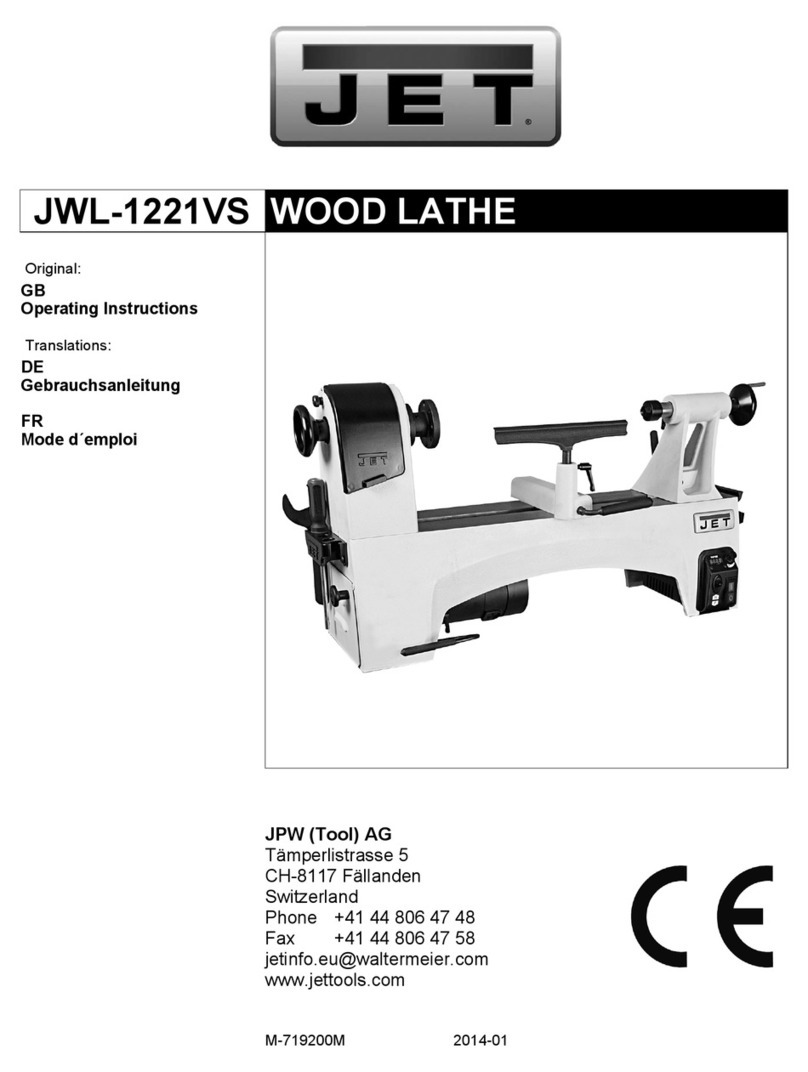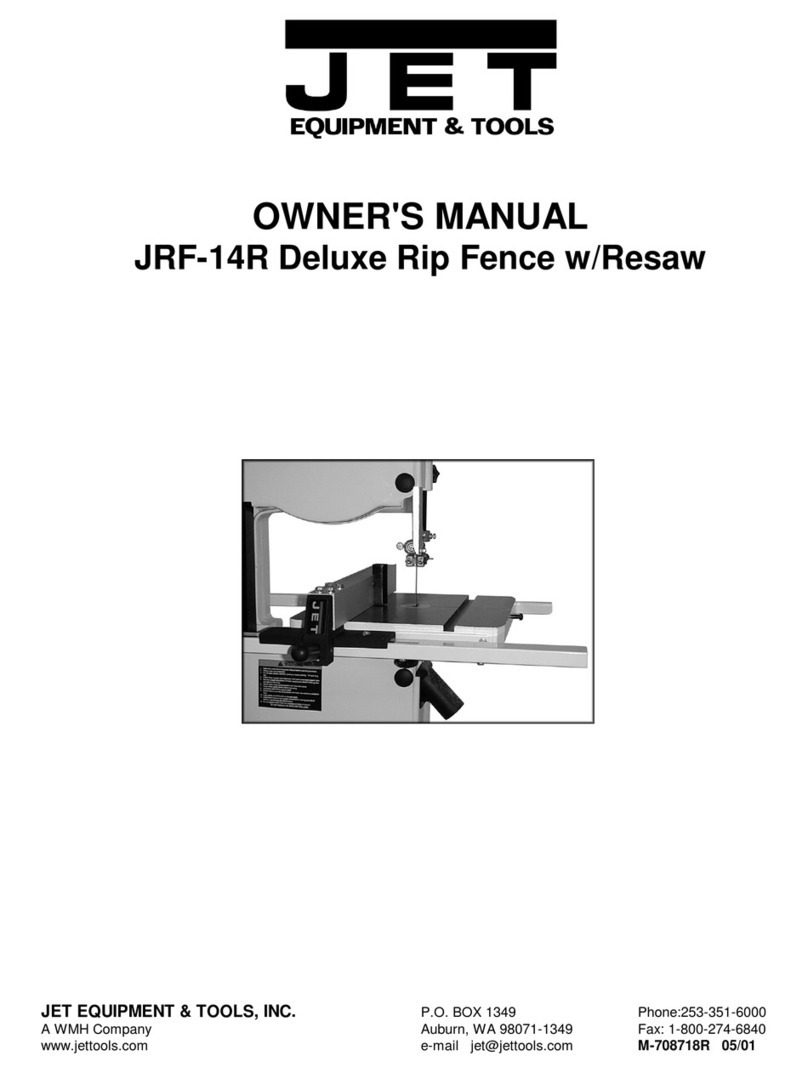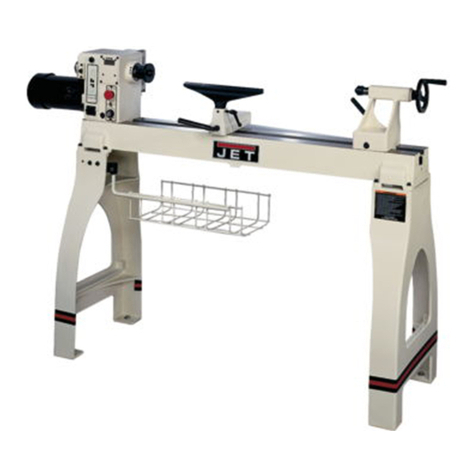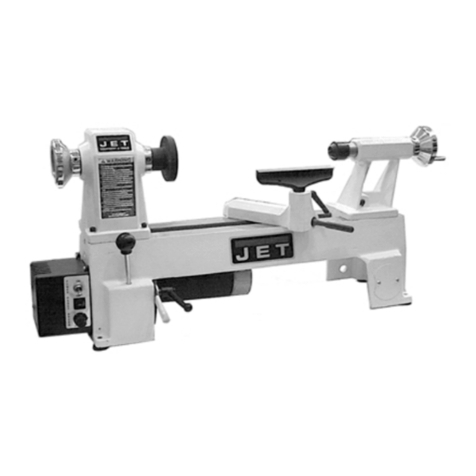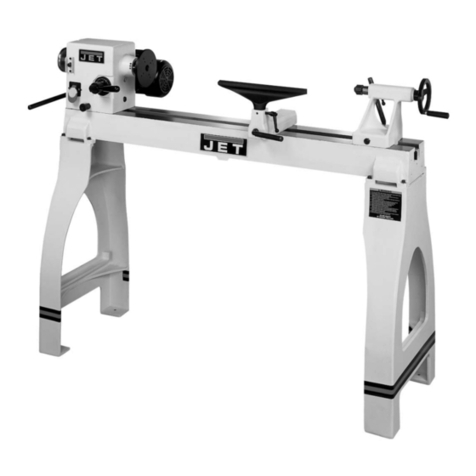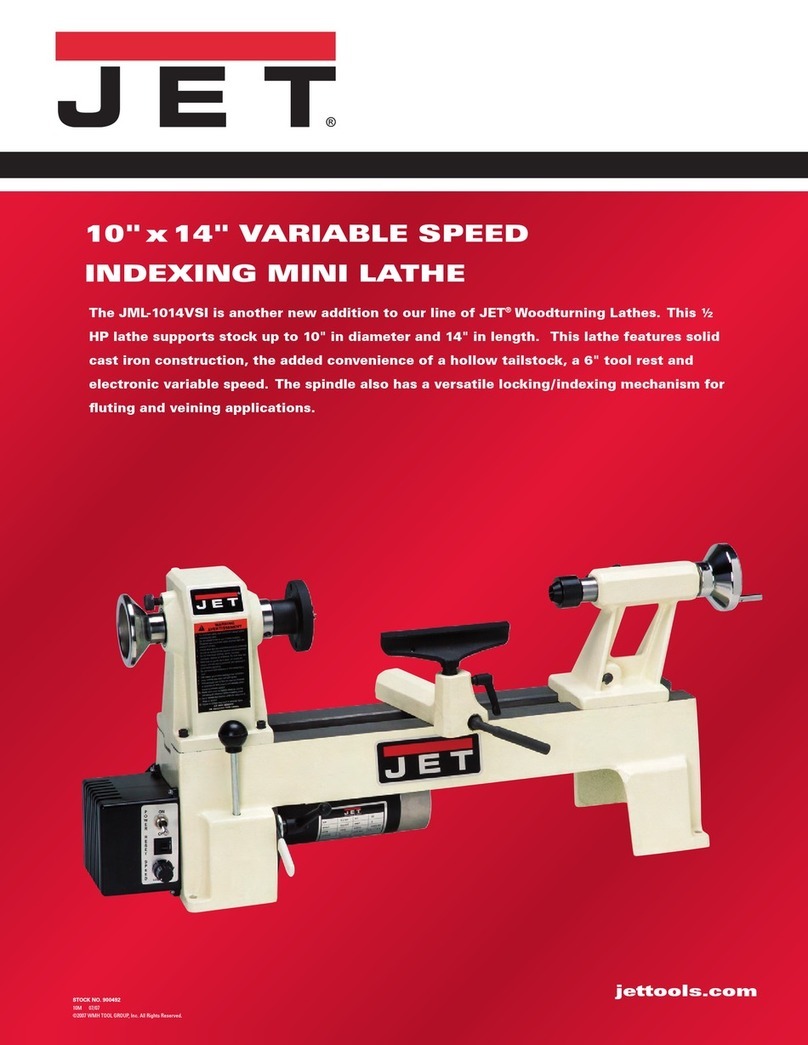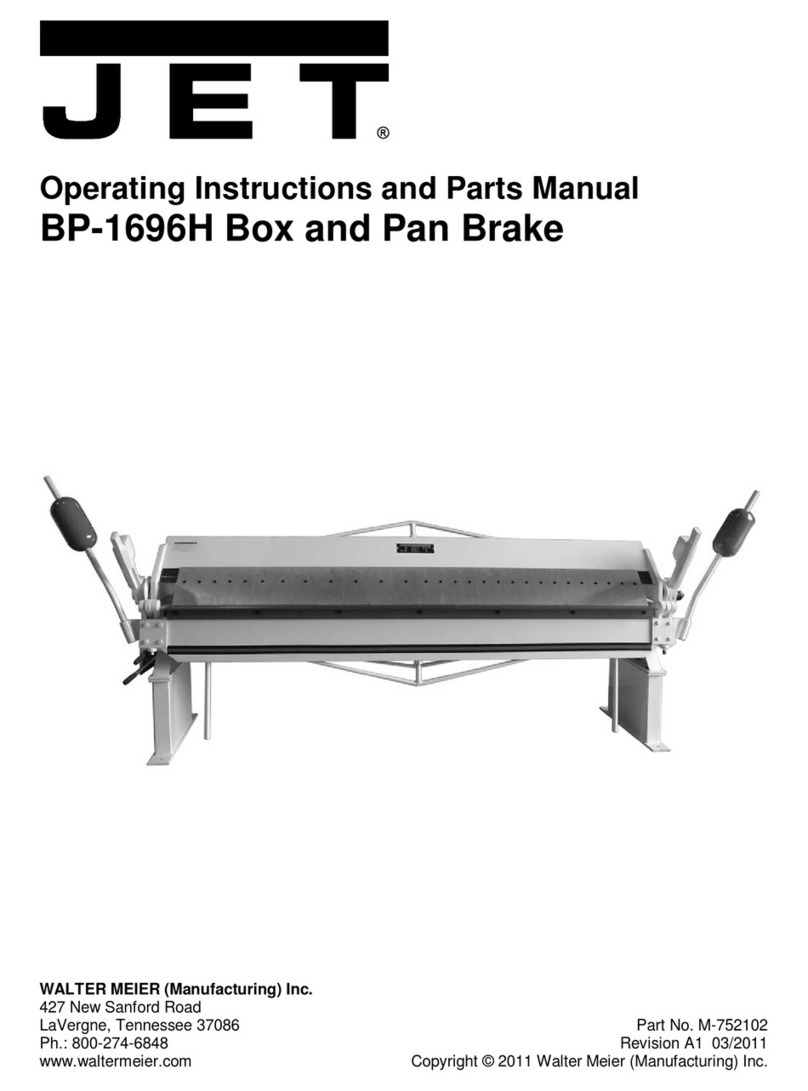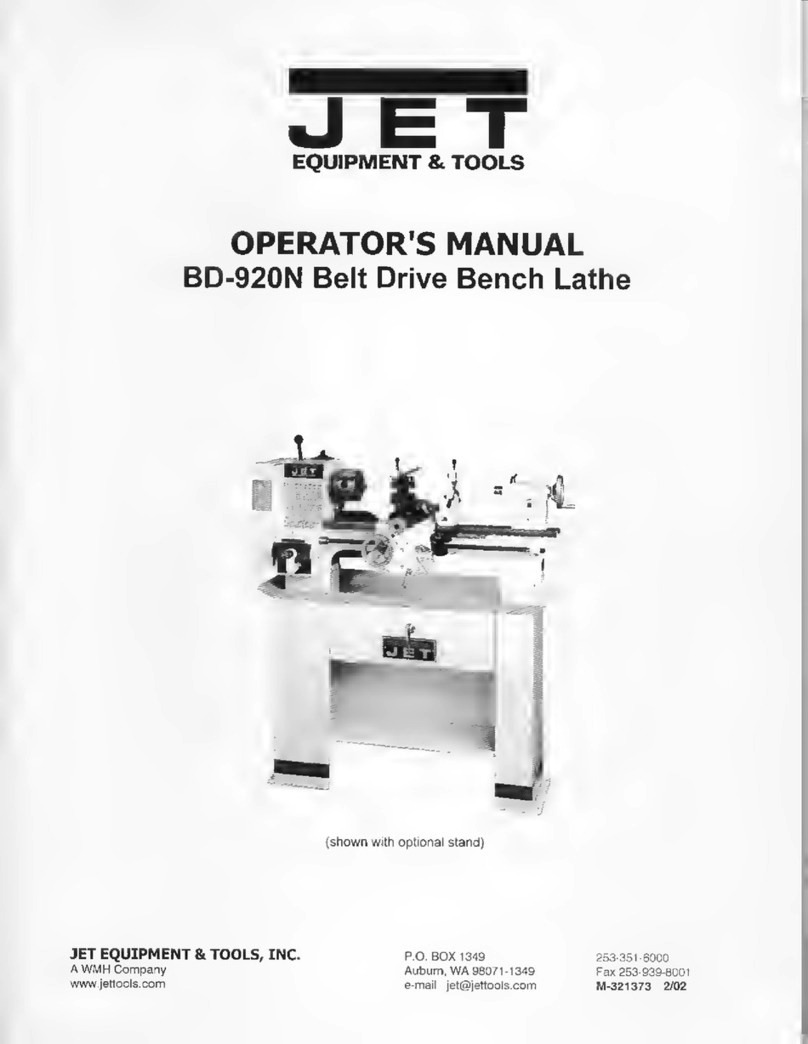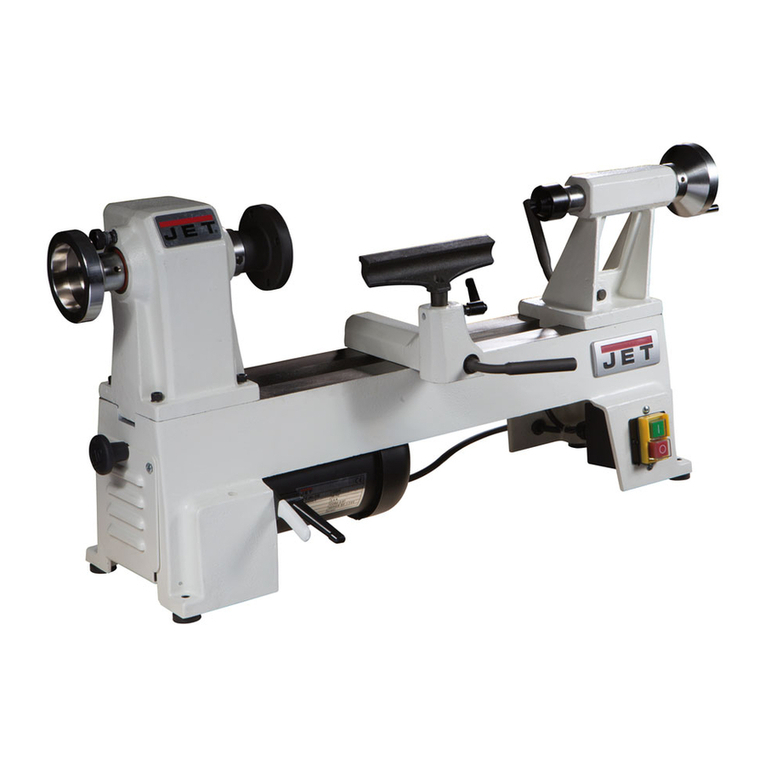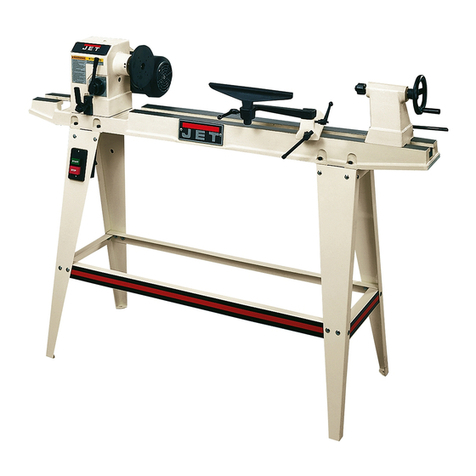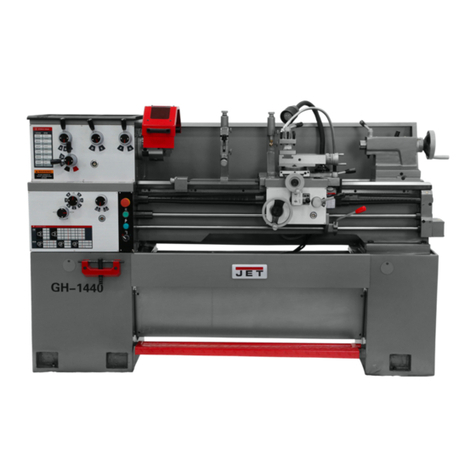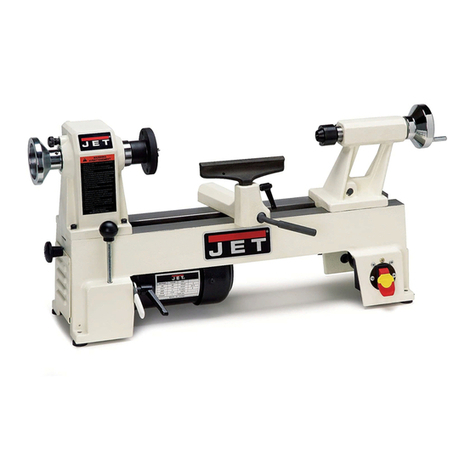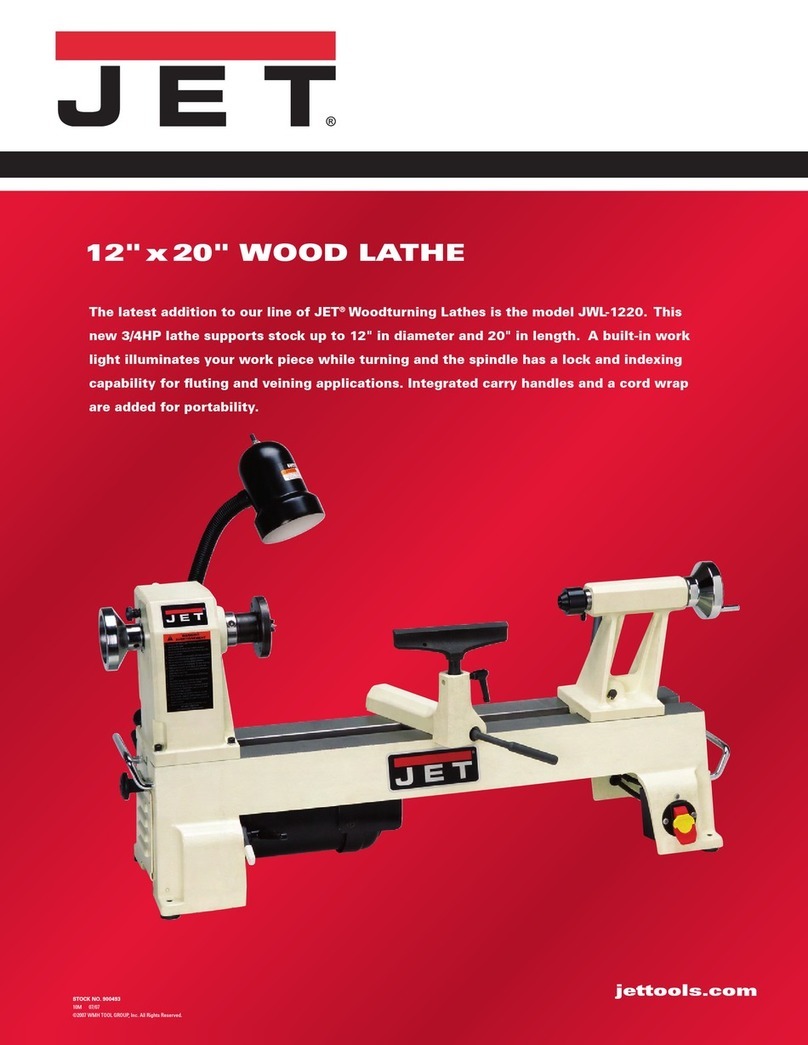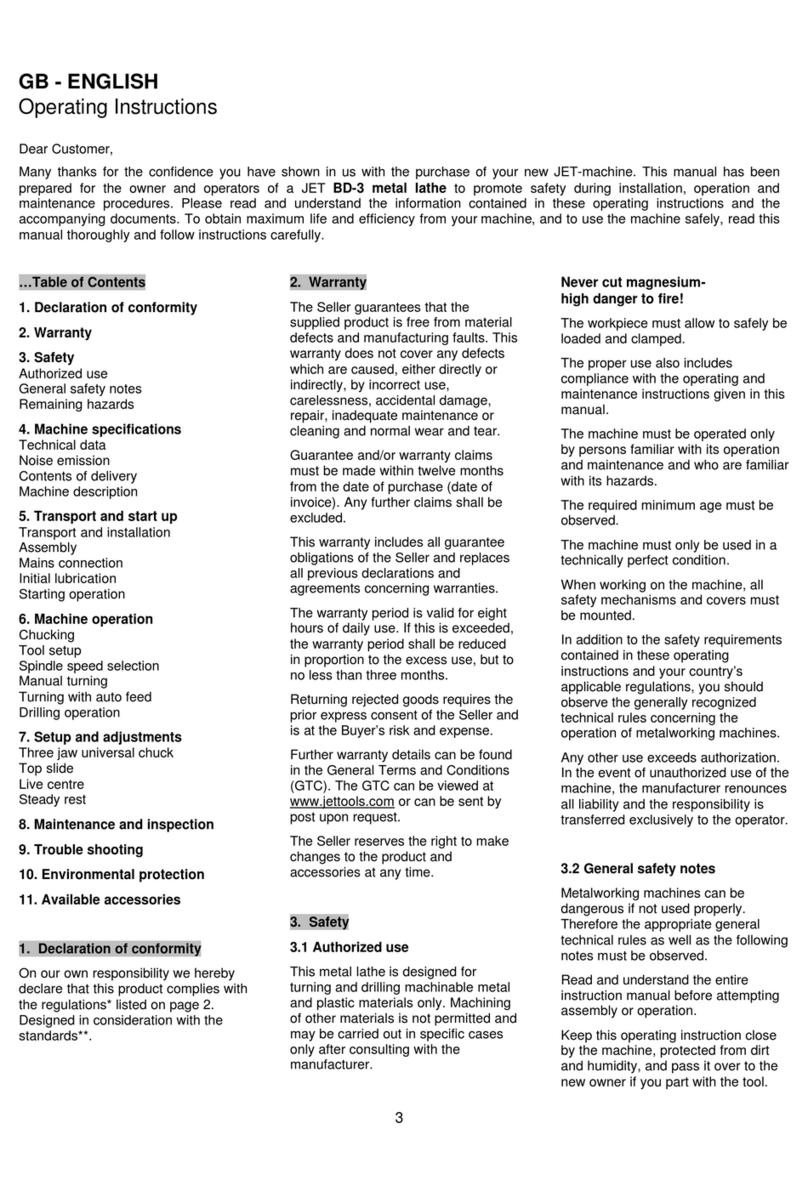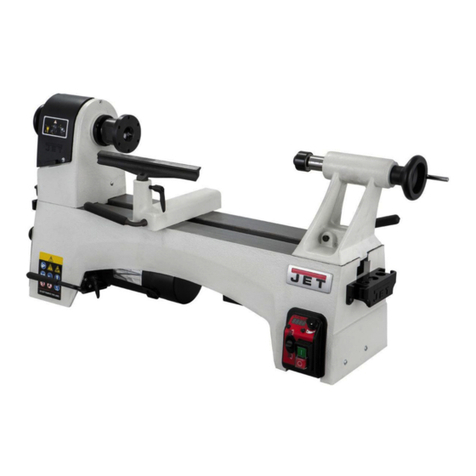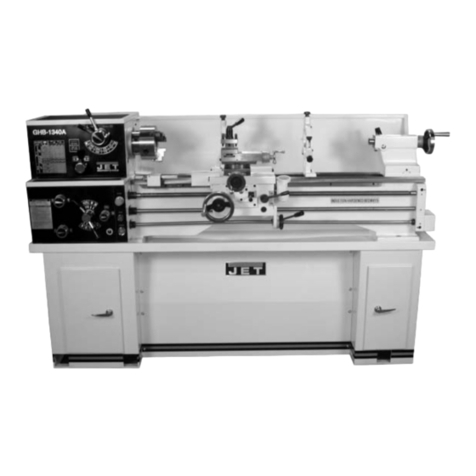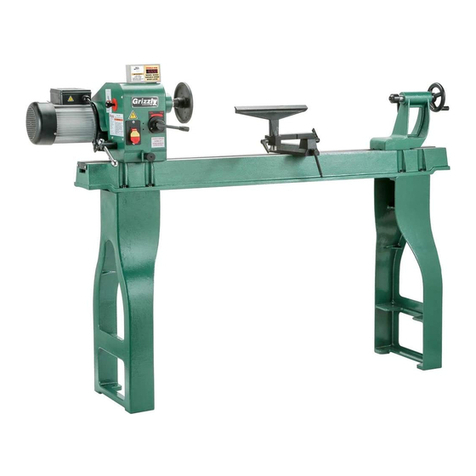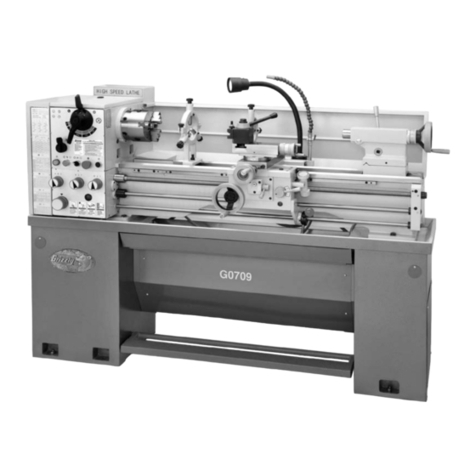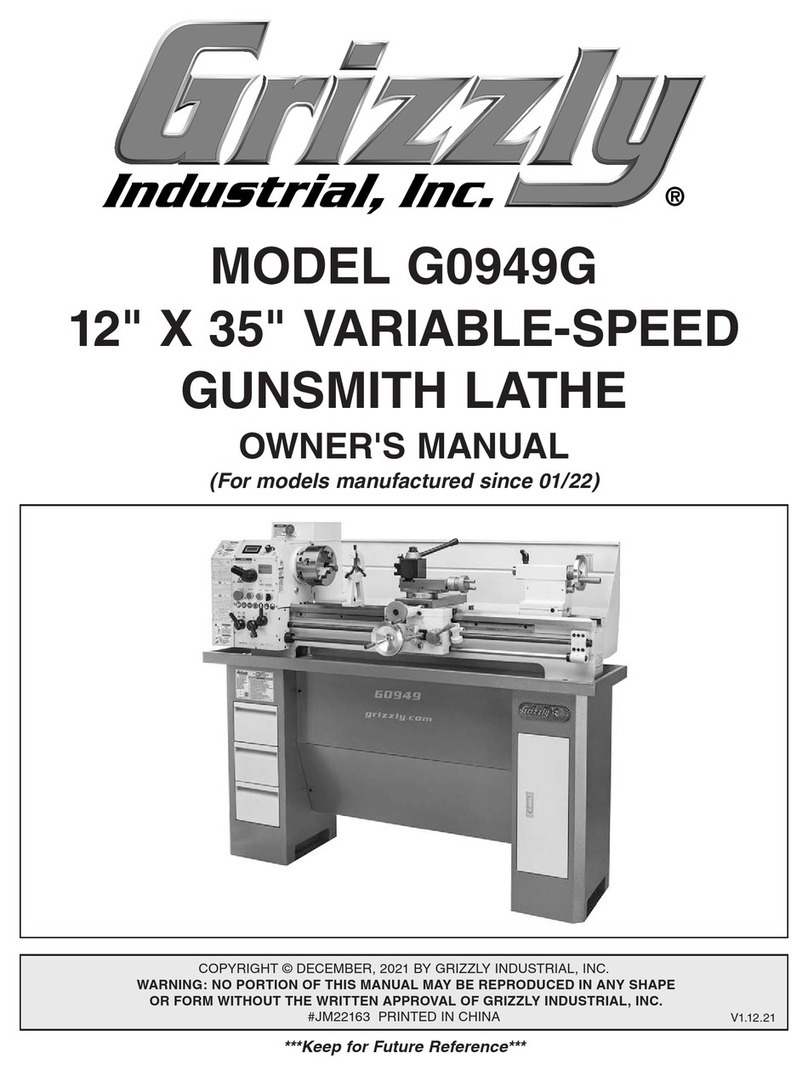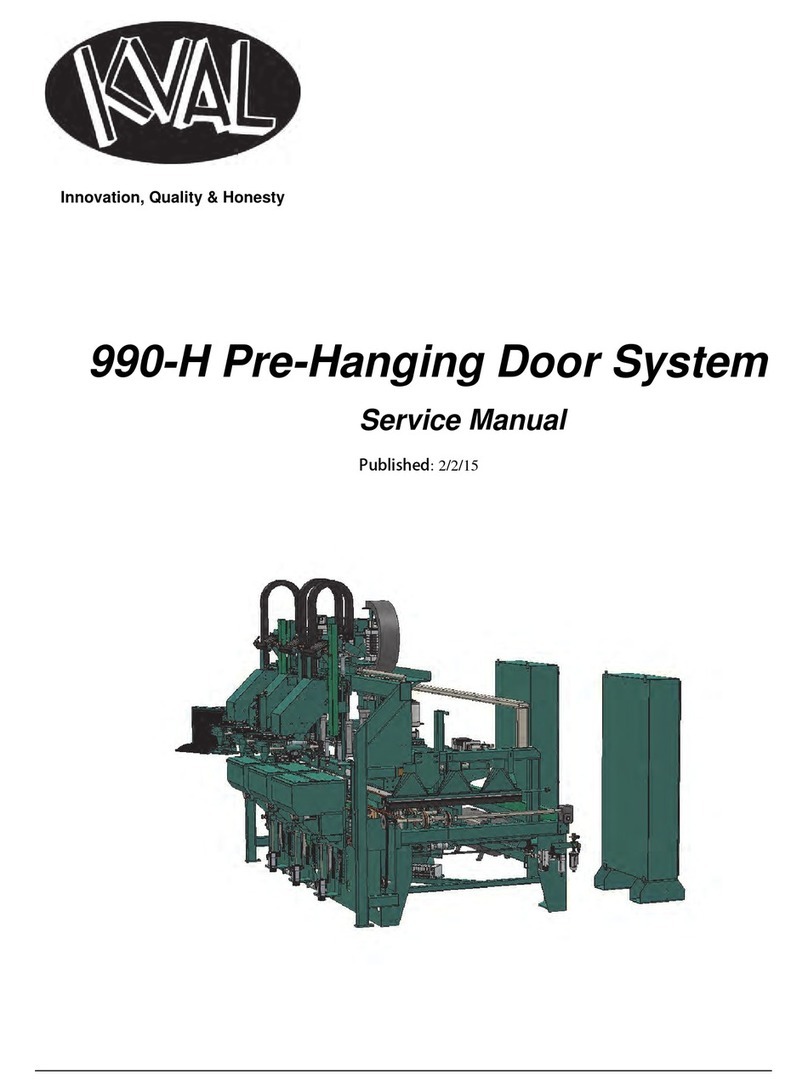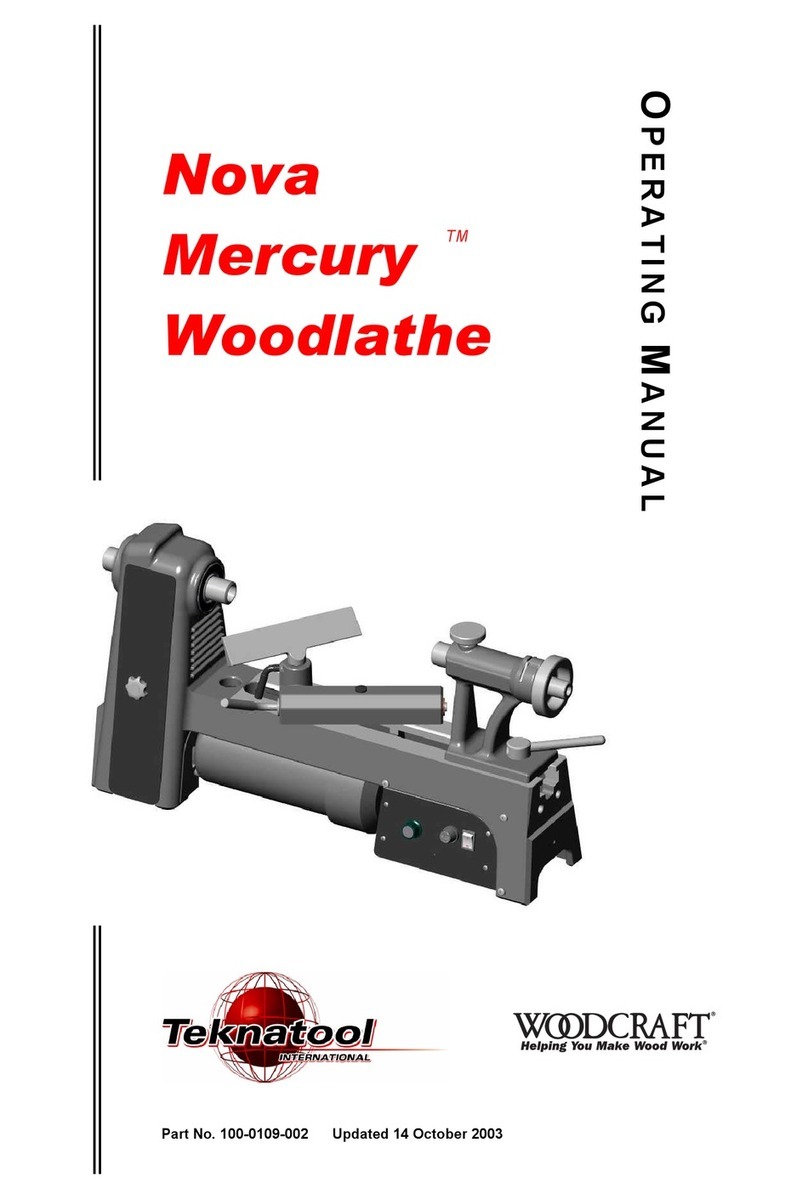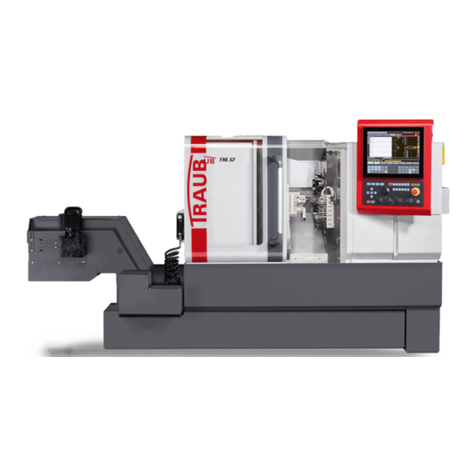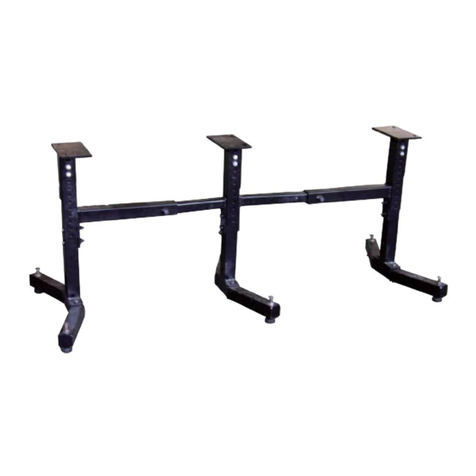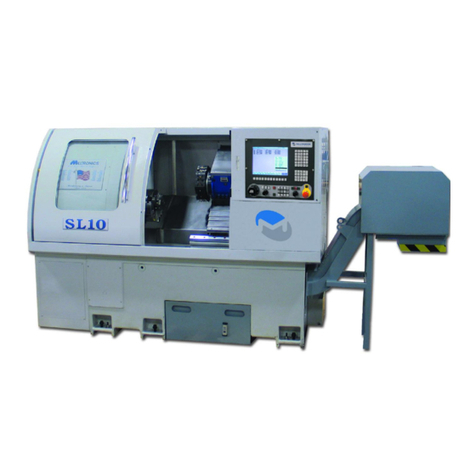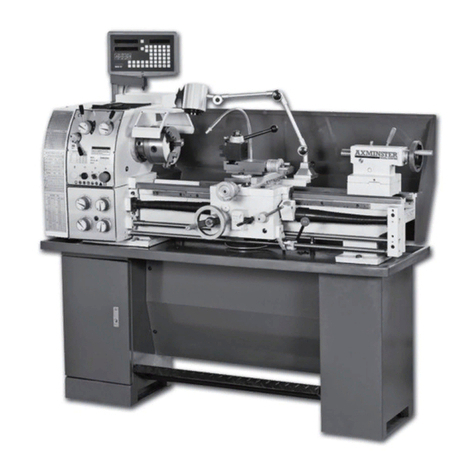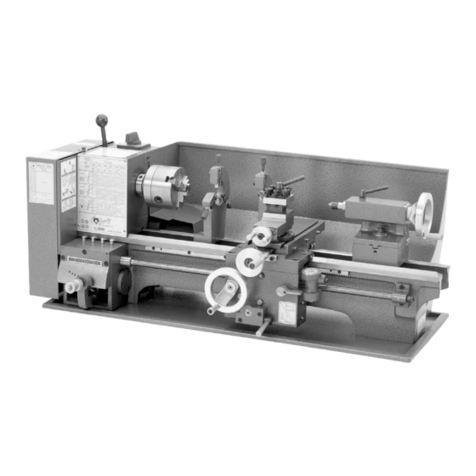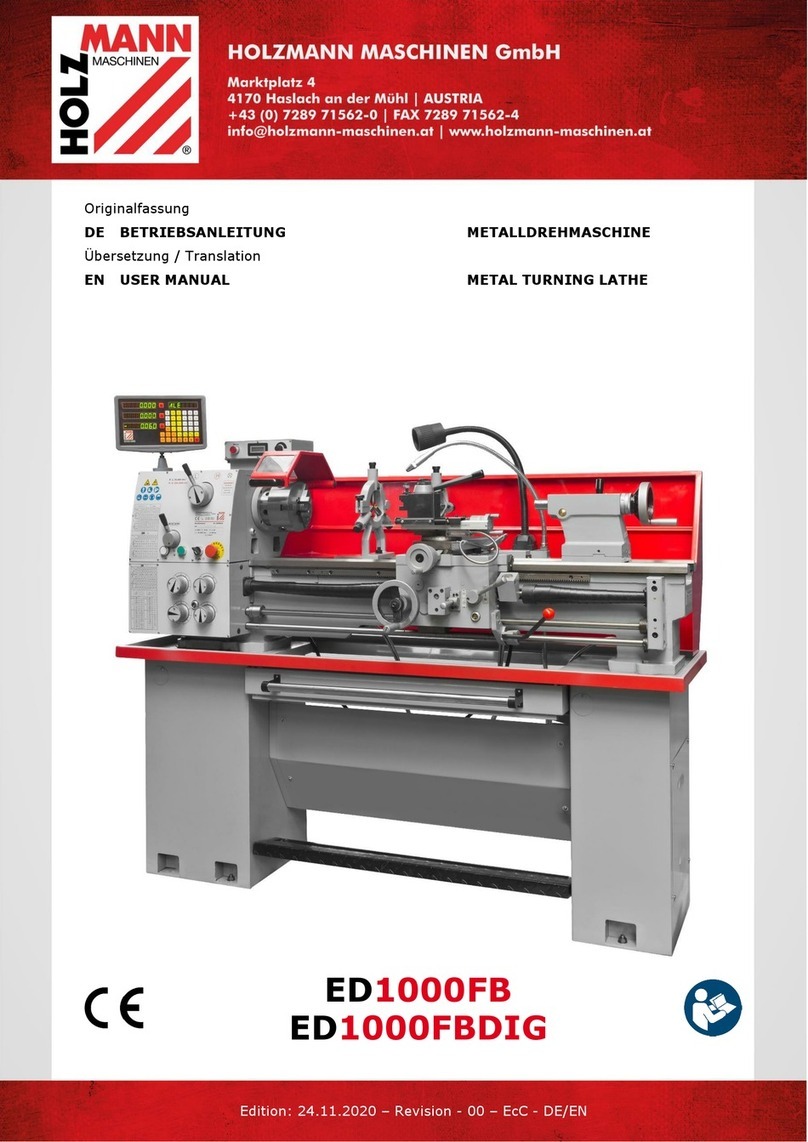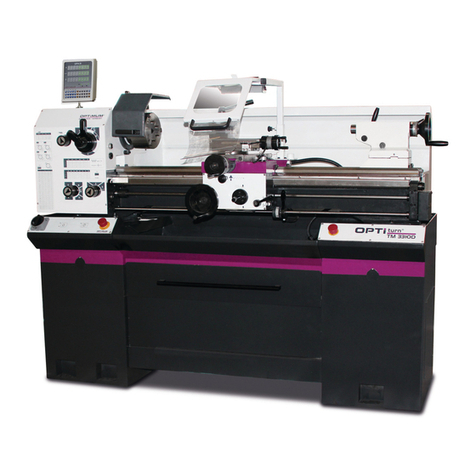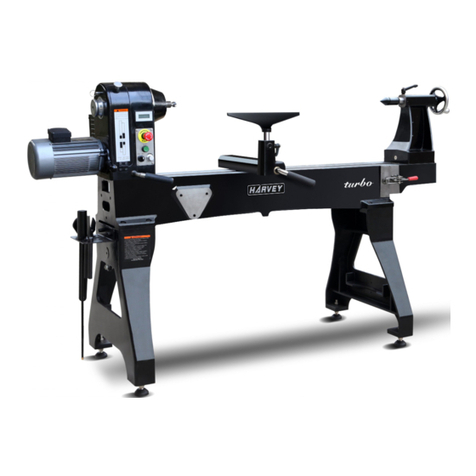
WARNING
Read and understand the entire contents of
this manual before attempting set-up or
operation of this mill/drill.
1. This machine is designed and intended
for use by properly trained and
experienced personnel only. If you are
not familiar with the proper safe use of
lathes, do not use this machine until proper
training and knowledge has been obtained.
2. Keep guards in place. Safety guards must
be kept in place and in working order.
3. Remove adjusting keys and wrenches.
Before turning on machine, check to see
that any adjusting wrenches are removed
from the tool.
4. Reduce the risk of unintentional starting.
Make sure switch is in the OFF position
before plugging in the tool.
5. Do not force tools. Always use a tool at
the rate for which it was designed.
6. Use the right tool. Do not force a tool or
attachment to do a job for which it was not
designed.
7. Maintain tools with care. Keep tools sharp
and clean for best and safest performance.
Follow instructions for lubrication and
changing accessories.
8. Always disconnect the tool from the
power source before adjusting or
servicing.
9. Check for damaged parts. Check for
alignment of moving parts, breakage of
parts, mounting, and any other condition that
may affect the tools operation. A guard or
any part that is damaged should be repaired
or replaced.
10. Turn power off. Never leave a tool
unattended. Do not leave a tool until it
comes to a complete stop.
11. Keep work area clean. Cluttered areas
and benches invite accidents.
12. Do not use in a dangerous environment.
Do not use power tools in damp or wet
locations, or expose them to rain. Keep
work area well lighted.
13. Keep children and visitors away. All
visitors should be kept a safe distance from
the work area.
14. Make the workshop child proof. Use
padlocks, master switches, and remove
starter keys.
15. Wear proper apparel. Loose clothing,
gloves, neckties, rings, bracelets, or other
jewelry may get caught in moving parts.
Non-slip footwear is recommended. Wear
protective hair covering to contain long hair.
Do not wear any type of glove.
16. Always use safety glasses. Every day
glasses only have impact resistant lenses;
they are not safety glasses.
17. Do not overreach. Keep proper footing and
balance at all times.
18. Do not place hands near the chuck while
the machine is operating.
19. Do not perform any set-up work while
machine is operating.
20. Read and understand all warnings
posted on the machine.
21. This manual is intended to familiarize
you with the technical aspects of this
lathe. It is not, nor was it intended to be, a
training manual.
22. Failure to comply with all of these
warnings may result in serious injury.
23. Some dust created by power sanding,
sawing, grinding, drilling and other
construction activities contains chemicals
known to cause cancer, birth defects or
other reproductive harm. Some examples of
these chemicals are:
• Lead from lead based paint
• crystalline silica from bricks and cement and
other masonry products, and
• arsenic and chromium from chemically-
treated lumber.
24. Your risk from those exposures varies,
depending on how often you do this type of
work. To reduce your exposure to these
chemicals: work in a well ventilated area,
and work with approved safety equipment,
such as those dust masks that are
specifically designed to filter out microscopic
particles
